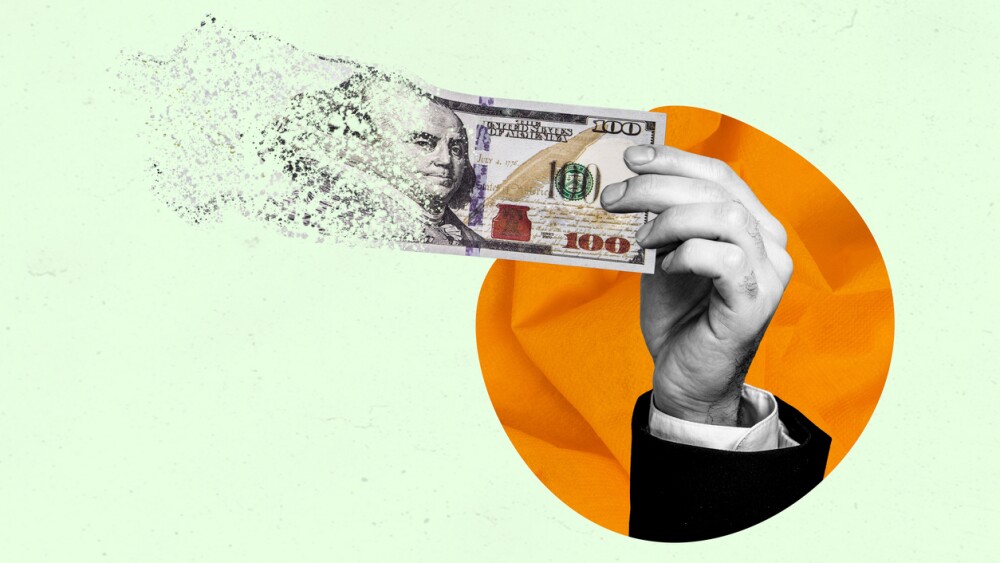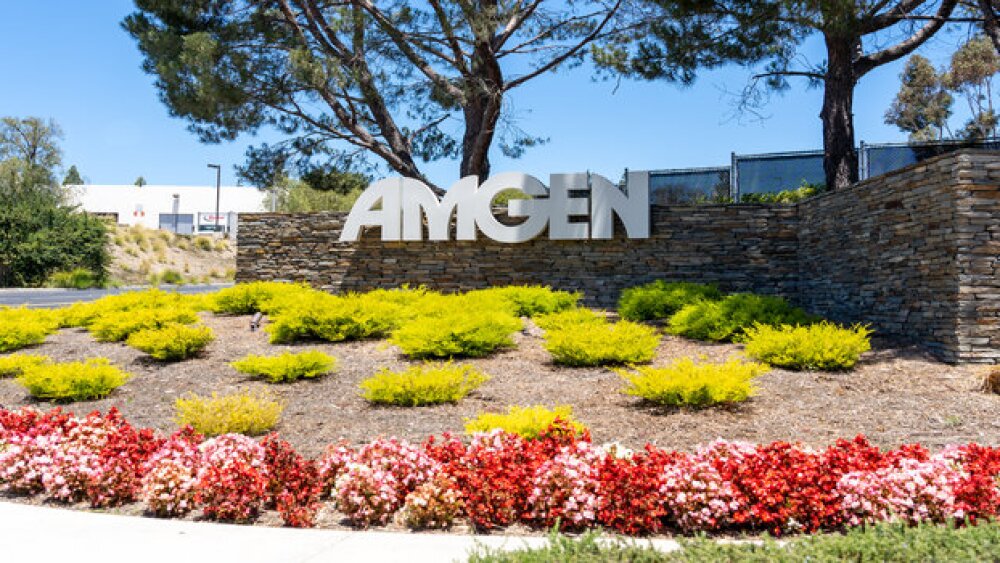November 13, 2014
By Riley McDermid, BioSpace.com Breaking News Sr. Editor
CymaBay Therapeutics is currently undervalued, because the firm will see significant milestones in 2015 as it pushes its promising gout drug pipeline through various trials and heads towards approval from the U.S. Food and Drug Administration, said Phil Nadeau, a biotech analyst with Cowen and Co., on Thursday.
CymaBay’s lead asset arhalofenate is in development for the treatment of gout. Arhalofenate has completed Phase I and II clinical trials in around 1,000 subjects with type 2 diabetes or gout. In these trials arhalofenate has consistently lowered serum uric acid levels and reduced the risk of gout flares in a dose-dependent manner with good safety and tolerability.
“Our consultants think arhalofenate could be differentiated as the first gout therapy that both lowers serum uric acid and reduces flares,” wrote Nadeau in a note to investors.
Arhalofenate is in a Phase II trial in combination with febuxostat in gout and a Phase IIb trial in gout as monotherapy; data are expected in the first and second quarters of and 2015, respectively, he said.
“Behind arhalofenate, CymaBay is developing MBX-8025, a selective PPAR-delta agonist, in HoFH. MBX-8025 has demonstrated promising lipid modifying activities in multiple clinical studies,” said Nadeau. “Our discounted cash flow analysis suggests that CymaBay is undervalued based on arhalofenate’s potential in gout alone, with no contribution from pipeline programs.”CBAY reported third quarter financials this week and provided a pipeline update. During the first half of 2015, MBX-8025 will enter a proof of concept Phase II in HoFH. We expect CBAY to outperform as arhalofenate progresses through clinical trials.
In September, CymaBay announced it achieved full enrollment in a head-to-head Phase IIb study of arhalofenate monotherapy versus allopurinol in patients with gout. The trial enrolled more than 225 gout patients who have had three or more flares during the 12 months prior to screening and is comparing treatment with placebo, 600 mg or 800 mg arhalofenate, 300 mg allopurinol or 300 mg allopurinol with 0.6 mg colchicine.
An independent Data and Safety Monitoring Board recommended the study to continue as planned after an interim safety review in September. Data is expected in the second quarter of 2015.
“Our consultants think that arhalofenate’s prior Phase II data is strong. Should its profile be maintained in future studies, consultants think that arhalofenate could be used in combination with febuxostat or as monotherapy in place of the combination of Colcrys and allopurinol,” said Nadeau.





